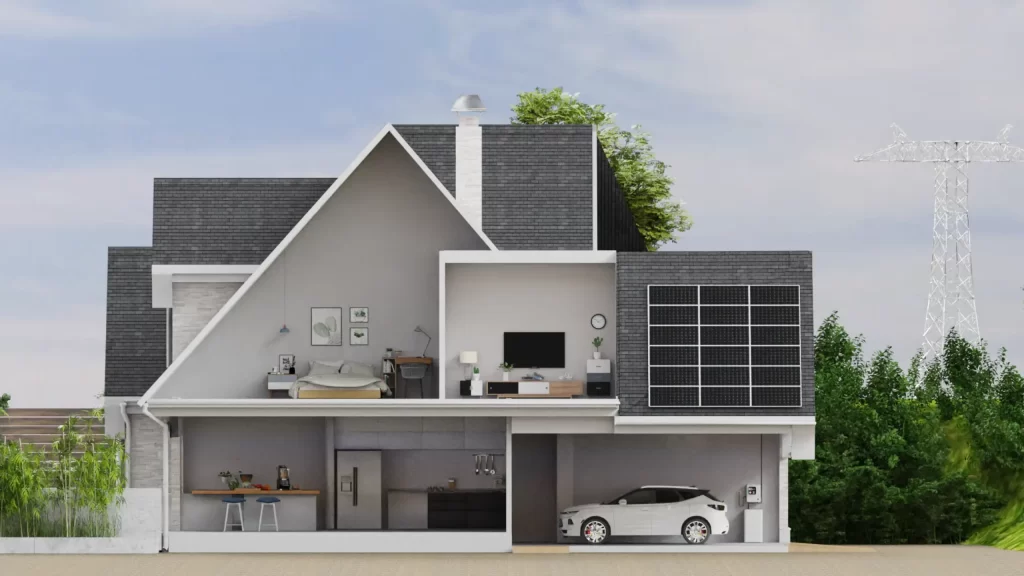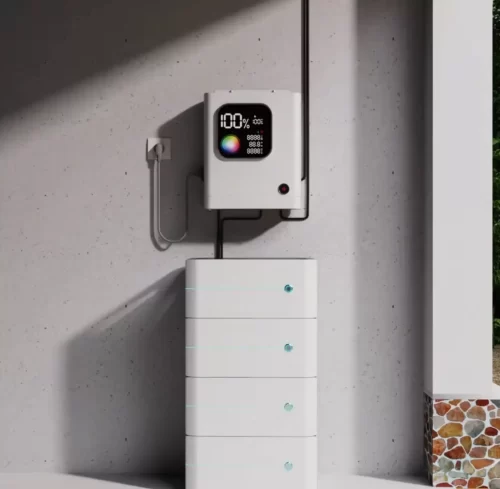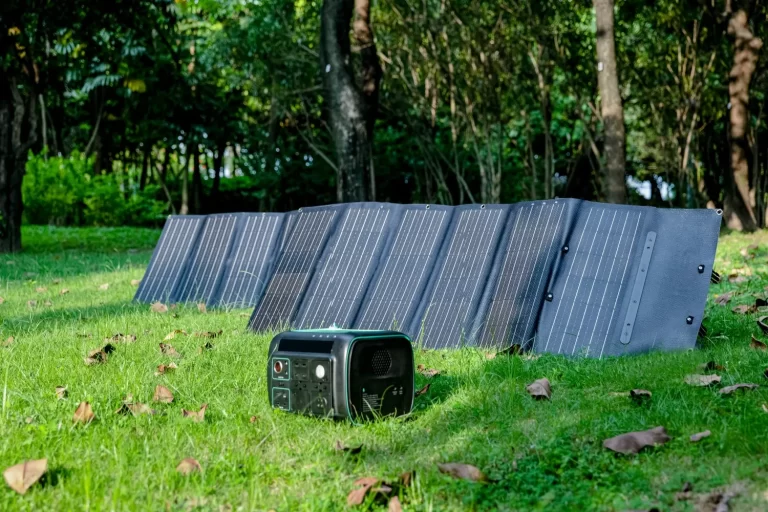Against the backdrop of global climate change and environmental protection, solar home storage inverters, as a clean and renewable energy solution, are gradually making their way into millions of homes. However, as their market share gradually increases, solar home energy storage inverters also face many challenges. In this paper, we will discuss the market trends, development prospects, and challenges of solar home energy storage inverters with specific data and cases.

I. Market Trends and Prospects
In recent years, with the advancement of technology and policy support, the market size of solar home energy storage inverters continues to grow. Its growth rate is expected to remain stable in the next few years, and the market outlook is promising. This trend is mainly due to the following factors:
- Policy Support: Governments have introduced policies to encourage the development of renewable energy, providing strong support for the promotion of solar home energy storage inverters. For example, certain countries provide preferential policies such as tax breaks and subsidies, which reduce the investment cost of solar home energy storage inverters.
- Technological Progress: With the continuous progress of science and technology, the conversion efficiency of solar home energy storage inverters continues to improve, and costs are gradually reduced. This makes solar home energy storage inverters more advantageous in terms of performance and also more economical.
- Enhanced Environmental Awareness: With the increasingly serious problem of global climate change, people’s awareness of environmental protection has gradually increased. More and more families are paying attention to environmental issues and choosing to use clean energy solutions such as solar home storage inverters.
Looking into the future, the market prospect of solar home energy storage inverters is very broad. With the continuous progress of technology and continued policy support, the popularity of solar home energy storage inverters will further increase. At the same time, with the adjustment of the global energy structure and the promotion of environmental protection policies, solar home energy storage inverters will occupy a more important position in home energy solutions.
II. Challenges of Solar Home Energy Storage Inverters
Although solar home energy storage inverters have many advantages, they still face some challenges in the process of promotion and application.
- High Initial Cost: Although the cost of solar home storage inverters is gradually decreasing, their initial investment cost is still relatively high. This has become an important consideration for some families when choosing whether or not to install a solar home energy storage inverter. However, in terms of long-term economic benefits, solar home storage inverters have a high return on investment and can save users a significant amount on their electricity bills.
- Low Market Acceptance: Since solar home storage inverters are an emerging technology, many households do not have a good understanding of them, resulting in relatively low market acceptance. In addition, some families may be concerned about the installation and maintenance of solar home storage inverters, thus taking a wait-and-see attitude.
To increase market acceptance, it is crucial to strengthen publicity and promotion efforts. For example, educating the public about the knowledge and advantages of solar home energy storage inverters by organizing online and offline seminars and demonstrations. Providing professional installation and maintenance services can also lower the threshold for users. These measures have effectively increased the market acceptance of solar home energy storage inverters.
III. Technical Challenges:
Despite the continuous technological advancement of solar home energy storage inverters, there are still certain challenges in certain aspects. For example, the performance of solar home storage inverters may be affected under extreme weather conditions. In addition, how to further improve the conversion efficiency and stability of solar home energy storage inverters is also a current technical challenge that needs to be addressed. Therefore, enterprises need to strengthen technical R&D and innovation to improve the stability and reliability of the equipment.
IV. Competitive Advantages and Market Analysis
The competitive advantages of solar home energy storage inverters are not only reflected in environmental protection and sustainability but also in technical performance. Taking Alpha3000 as an example, the rated power of its inverter output reaches 3000W, and the surge power can reach 6000W. Such performance parameters are especially important when the family requires emergency power or high-power equipment usage. At the same time, the Pure Sine Wave output ensures the compatibility and safety of electrical appliances. These technical features give the Alpha3000 a clear competitive advantage in the market.
From a market perspective, solar home energy storage inverters have a broad market prospect. With the adjustment of the global energy structure and the promotion of environmental protection policies, solar home energy storage inverters will gradually replace traditional energy solutions to become the mainstream choice for home energy supply. Meanwhile, with the continuous progress of technology and the gradual reduction of costs, the market competitiveness of solar home energy storage inverters will be further enhanced.
V. Technology Innovation and Market Driven
The market development of solar home energy storage inverters cannot be separated from the promotion of technological innovation. With the progress of science and technology, new materials, new manufacturing processes, and more advanced control algorithms continue to emerge, improving the performance of solar home energy storage inverters and reducing costs.
In the future, we can foresee several key directions of technological innovation:
- Material Innovation: The use of lighter, more durable, and more environmentally friendly materials to manufacture solar home storage inverters will further improve their performance and reliability while reducing manufacturing costs.
- Intelligent Control: By integrating more advanced sensors, controllers, and communication modules, solar home storage inverters will be able to achieve smarter energy management and optimization. This will make home energy use more efficient, convenient, and better able to interact with smart grids and microgrids.
- Breakthroughs in Energy Storage Technology: With the continuous development of energy storage technology, devices with higher energy density, longer life, and lower cost will continue to emerge. This will enable solar home energy storage inverters to better meet the long-term, stable energy supply needs of families.
VI. Policy Support and Market Opportunities
In addition to technological innovation, policy support is also an important factor in promoting the development of the solar home energy storage inverter market. Governments have introduced relevant policies to encourage and support the development and application of renewable energy.
In the future, we can foresee the following policy opportunities:
- Subsidies and Tax Incentives: Governments will continue to provide subsidies and tax incentives to households that purchase and install solar home energy storage inverters, reducing their initial investment costs.
- Smart Grid and Microgrid Construction: The government will increase investment in smart grid and microgrid construction, providing a broader market space for the application of solar home energy storage inverters.
- Energy Regulations and Standards: The government will formulate stricter energy regulations and standards to promote the wide application of renewable energy and provide guidance for the technical development of solar home storage inverters.
As a key component of renewable energy technology, solar home storage inverters will play an increasingly important role in the future. With continuous technological innovation and market expansion, solar home storage inverters will make a greater contribution to global sustainable development. At the same time, we should also recognize the challenges and opportunities involved and take corresponding measures to cope with and seize them.




